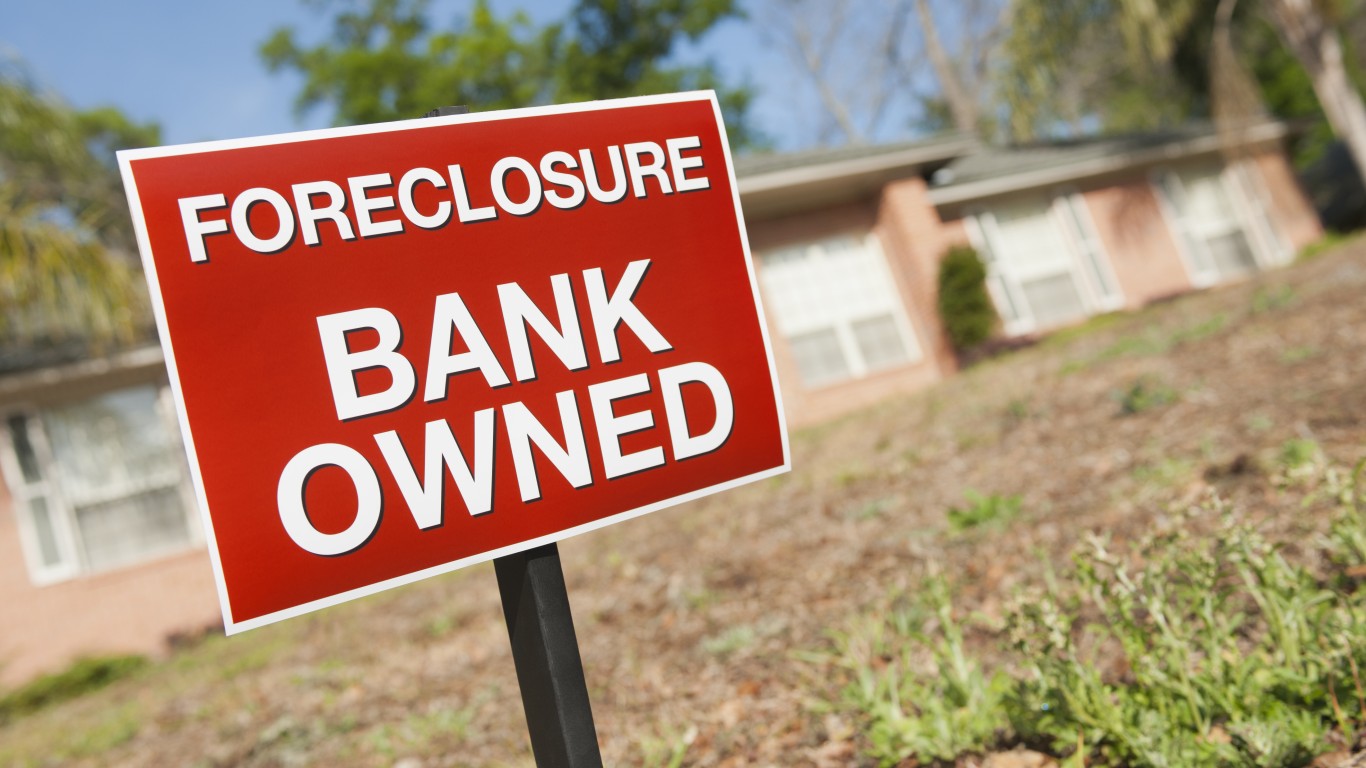
It appears that retail sales in September showed a bit of a comeback after a disappointing August. This may fly in the face of the retail sales we have seen from some of the nation’s largest retailers, but this survey is taken from roughly 4,700 employer firms that actually have retail sales.
The Census Bureau reported that retail sales might have even been considered solid. The headline report was up by 0.6% in September, while the Bloomberg estimates was 0.6% as well. The prior month was revised to −0.2% from −0.3% on that headline report.
Then there was a September gain of 0.5% on the ex-autos report. That also met the Bloomberg consensus, but the prior month was revised to −0.2% from −0.1%.
Then there is the core retail sales, excluding auto and gasoline sales. This was up 0.3% and also met the Bloomberg estimate.
It is important to understand that consumer spending accounts for a lion’s share of gross domestic product. This retail sales reading is far from the only driver, of course, but September’s retail sales were $459.8 billion.
What investors and economists alike need to consider here is that the auto component is a huge one. The auto sales peak trends have also been seen, which is why early in 2016 and late in 2015 were frequently referred to as “peak auto sales” by industry watch groups.
What is hard to measure is that sales in restaurants were rising, even if wage pressures are hurting the net results of restaurants, Non-store retail, meaning the likes of Amazon and online only destinations, also gained. The Department of Commerce’s release said about year-over-year readings (with the plus-minus estimate):
Nonstore retailers were up 10.6 percent (±1.6%) from September 2015, while Food services and drinking places were up 6.1 percent (±3.3%) from last year.
It’s Your Money, Your Future—Own It (sponsor)
Are you ahead, or behind on retirement? For families with more than $500,000 saved for retirement, finding a financial advisor who puts your interest first can be the difference, and today it’s easier than ever. SmartAsset’s free tool matches you with up to three fiduciary financial advisors who serve your area in minutes. Each advisor has been carefully vetted and must act in your best interests. Start your search now.
If you’ve saved and built a substantial nest egg for you and your family, don’t delay; get started right here and help your retirement dreams become a retirement reality.
Thank you for reading! Have some feedback for us?
Contact the 24/7 Wall St. editorial team.


